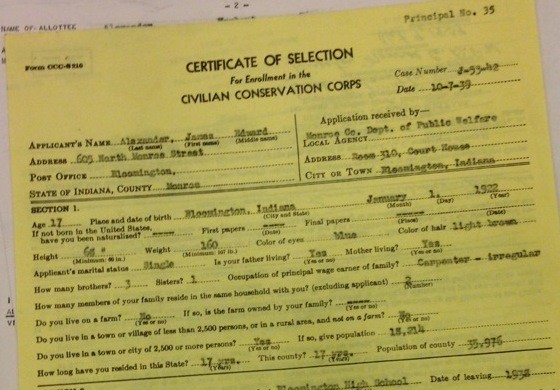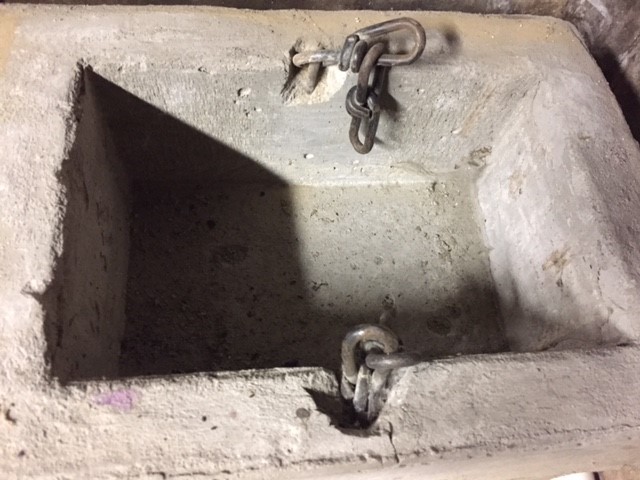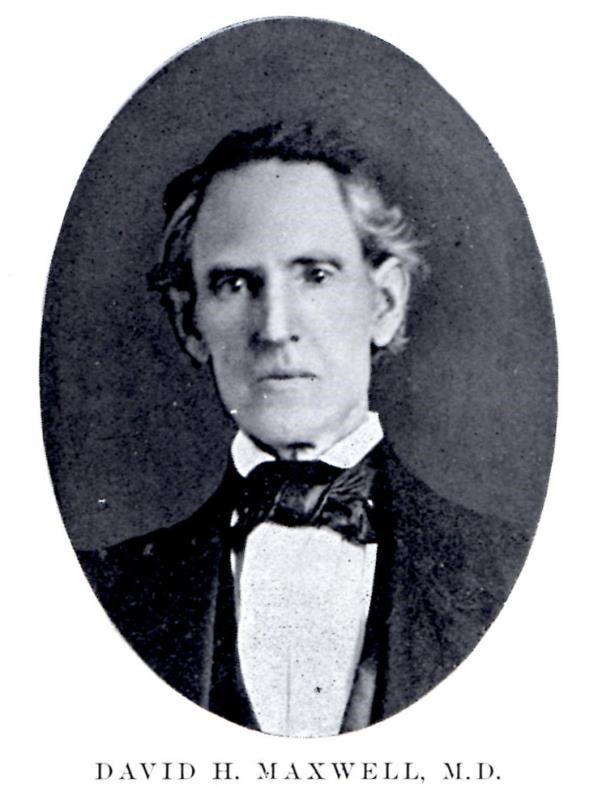Earl Collins Carpenter was born July 29, 1878, in Illinois to Guy C. and Viola (Irish) Carpenter. Earl, typically referred to as E. C. or “Doc,” had two younger brothers, Guy, Jr., and George. His maternal great great great grandfather, Benjamin Irish, was a veteran of the Revolutionary War who died in 1795 when he was lost at sea.
In the spring of 1900, E. C. was among the 13 graduates from the Indiana Veterinary College at their fifth annual commencement. Immediately afterward, he came to Bloomington, boarded at the Bundy Hotel where the CVS store is now located at Washington and Kirkwood, and began his career as a veterinary surgeon.
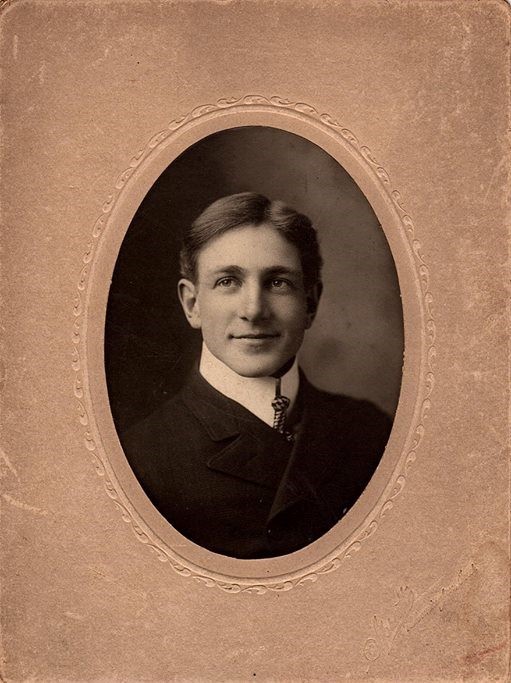
Although E. C. loved all animals, he was particularly passionate about horses. He spent time at James Worley’s livery barn. James had only one child, a lovely daughter, Alice. Perhaps it was Alice and not the horses that prompted E. C. to visit the livery barn.
By 1902, E. C. was already making a name for himself among horse owners throughout the state and elsewhere. In 1902 he went to Lafayette to train “fancy horses” for the Indianapolis horse show. The following year, William H. McDoel, the president of the Monon Railroad sent his two “fine driving horses” from Chicago to Bloomington so that E. C. might train them to take “fancy steps” and “thoroughly educate them in his school which is said to be the best of its kind in the country.” Thomas Taggart, owner of the French Lick Springs Hotel, also took advantage of E. C.’s expertise in 1903 to have him train one of his “fine stepping horses.”
In fact, E. C. was spending so much time training horses that the newspaper announced in the summer of 1903 that he would no longer be able to devote all of his time to veterinary work. It seems likely that there were other things on E. C.’s mind as well. On December 22, 1903, he married James Worley’s daughter, Alice. The newlyweds soon purchased a home at 346 S. Washington Street in Bloomington.
E. C. also turned his attention to performing in various venues with his horses. He performed for a time in various locations with the Gentry Bros. Shows riding King Araby, his “beautiful, milk white Arabian.” After leaving the Gentry Bros. he joined Miller’s Wild West show, but sold Araby, “the fancy steeping horse,” in 1913 to the Gentry Bros. for $1,000 (in today’s dollars, the equivalent of more than $25,000). Araby was said to be among the best trained horses with any of the big shows and could perform innumerable tricks “with the precision of a clock.”
When the U. S. joined it allies to fight in World War I in the spring of 1917, life changed for many Americans. E. C. began spending more time at home in his veterinary practice and training horses and less time on the road performing. He registered for the draft in September 1918. At that time he was 41 years of age, still married to Alice and still living on South Washington Street in Bloomington. Three months later, the war ended without E. C. ever serving in the military so much as a day.
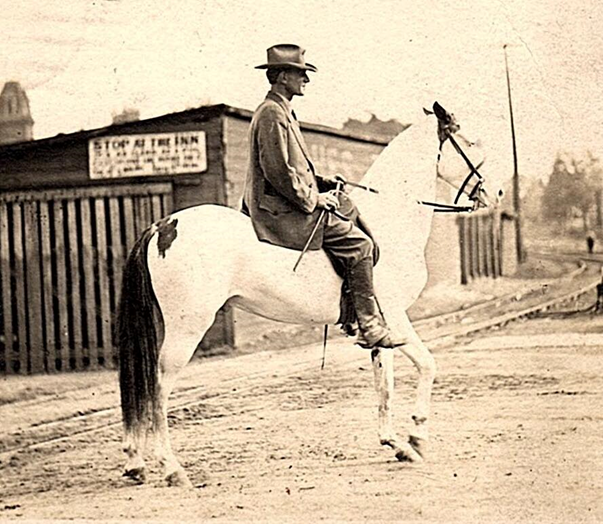
During the course of war, 116,708 American military personnel died. Although many died in combat or combat related wounds, many also died of the flu. From January 1918 through December 1920, the deadly influenza was prevalent throughout the world killing 50,000,000 to 100,000,000 people making it one of the deadliest natural disasters in human history. After that, the number of flu victims diminished, but the flu far from disappeared. In the early spring of 1923, E. C. came down with the flu which was, at the time, also called la grippe, grippe or grip.
We might assume that E. C. was not initially over concerned. He was, after all, a man of medicine. But when the symptoms lingered, he scheduled a visit to the Mayo Clinic in Rochester, Minnesota. Upon his return home on May 1, he was hopeful that he could regain his health with bed rest. To that end, he announced through the Bloomington Evening World that he was retiring “due to health issues.” His patients were asked to settle their accounts with him by sending payment to 346 S. Washington.
Several weeks later his condition worsened. On May 28, after a debilitating stroke of paralysis, his parents were called from New York to his bedside. He died before their arrival at 10 AM on the morning of May 29. The official cause of his death was uremic poisoning. He was 45 years old. Burial was in Rose Hill Cemetery.
E. C. was survived by his wife, Alice, his parents, and a brother, George, of Bloomington. He had no children.
Watch for Part 2 of this story next week and learn the mystery behind Alice’s strange disappearance following her employment with a notorious bluebeard.
Blog post by Randi Richardson


